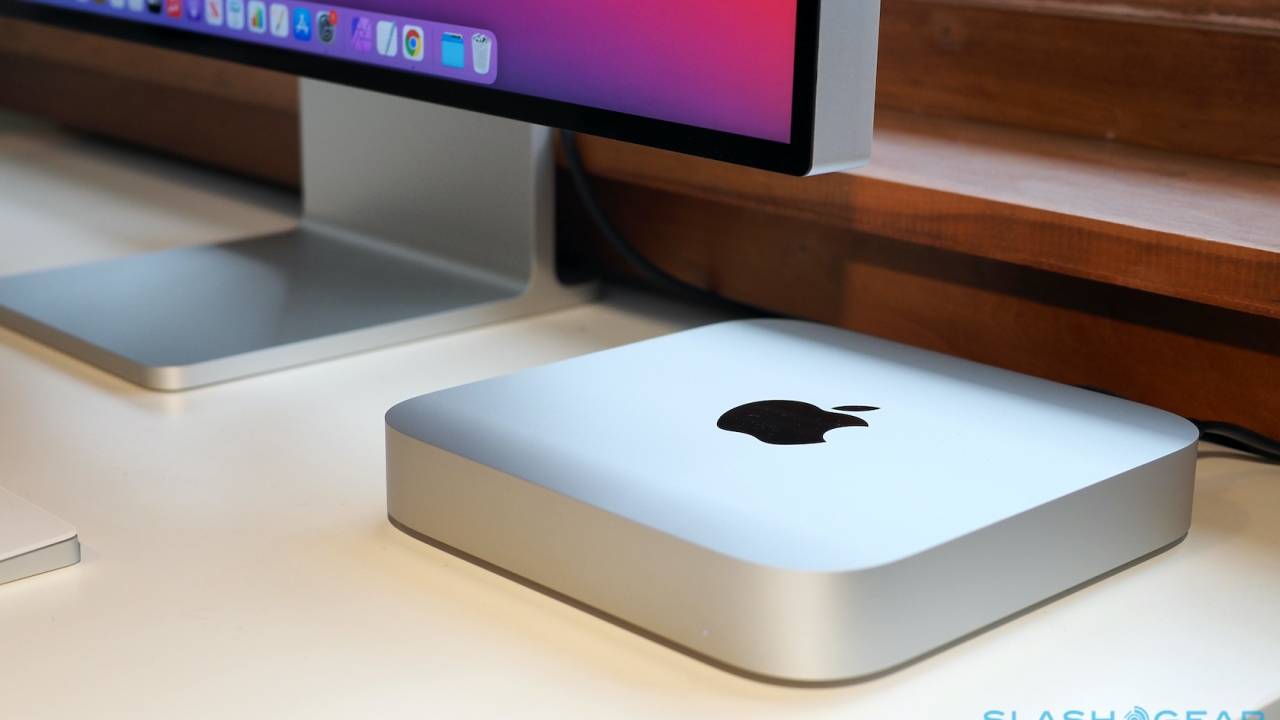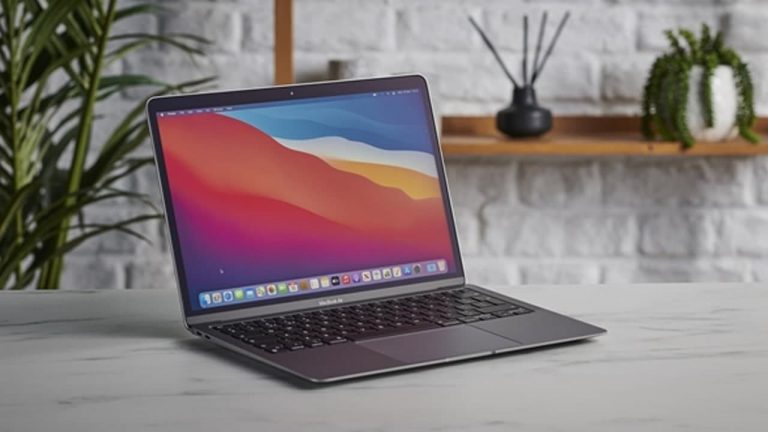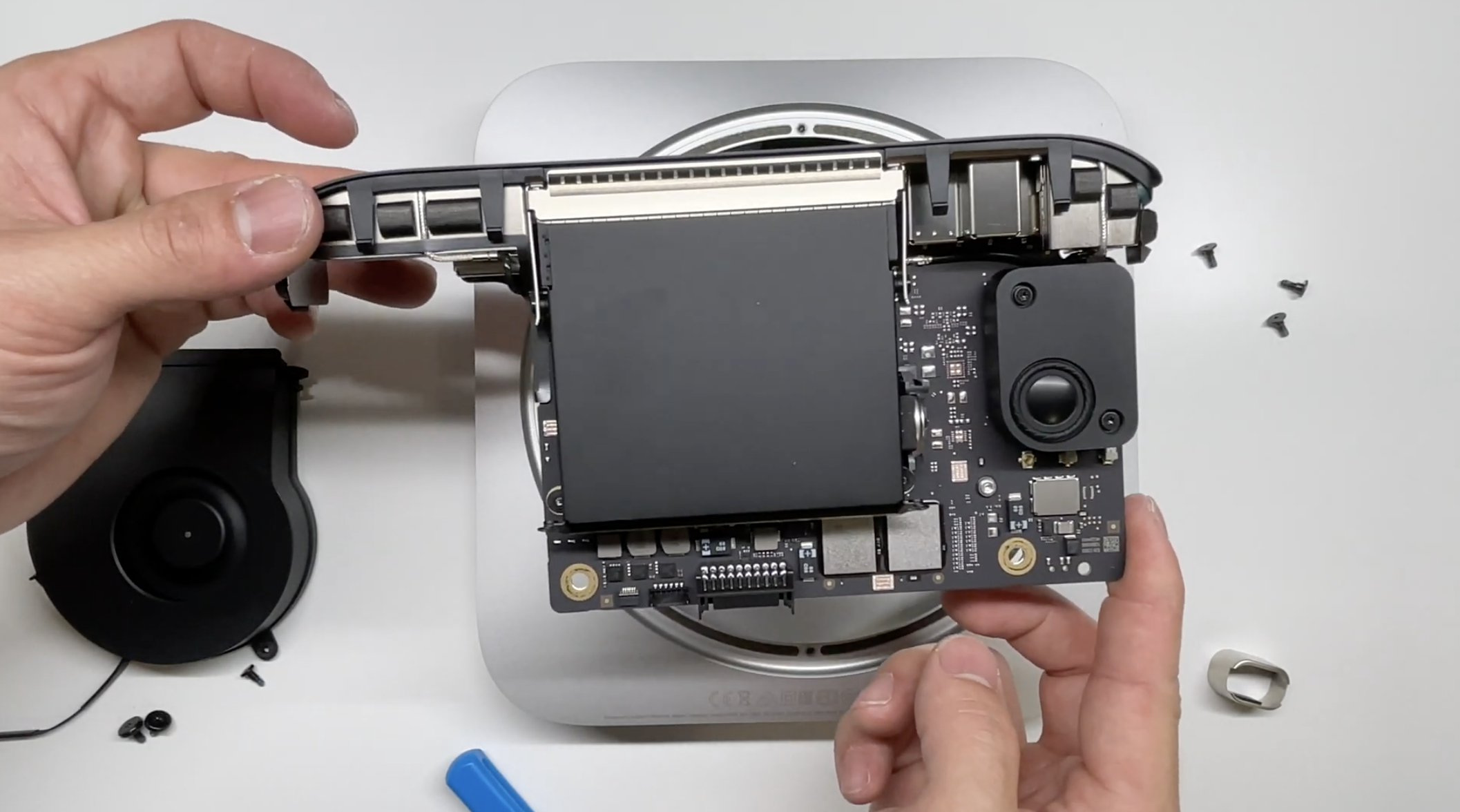

- #Macports m1 mac mac os x#
- #Macports m1 mac install#
- #Macports m1 mac software#
- #Macports m1 mac windows#
#Macports m1 mac mac os x#
These types of things are usually called package managers.The official Emacs fully supports Mac OS X (along with GNU/Linux, Windows, DOS, and then some). Meaning it might be a script that you could run in Terminal, or some other program, but the point is to make it so you don't have to do any of the hard work.Ĭurrently, Homebrew is a more popular alternative to Macports, but it doesn't have as many windowed (X11) applications.
#Macports m1 mac install#
The “portfile” part of what you quoted is just the entry in the Macports database that explains everything that Macports needs to do in order to install something. It's really complicated under the hood, but the point of it is so people can do all this stuff automagically (with a little knowledge of Terminal and Unix) without having to worry about that. It's hard to keep the final “binaries” in sync with the source sometimes, which is why some things have to be compiled (turned from source to runnable file/app) on your computer. Usually, X11 is the easiest way to make something that can be used on both OS X and Linux without extra code, which is why you'll see a lot of Macports “ports” using it.
#Macports m1 mac windows#
It is one application that shows all the windows of apps that use X11. The XQuartz project is an implementation of the X Window System on Mac OS X. The X Window System is a system used to show windows, controls, and UI elements in general. You might be installing things that have actual windows and a GUI more often, and that's where X11 comes in. So, that command uses port to install the nmap tool. It's another command-line tool, and you use it for things like port scanning.

install is an argument (also known as a command-line option) to the port command.port is the name of the Macports command itself.It only works if you're an admin, and you have to enter your password. sudo means that you'll be doing this as the “root user”, which can do (almost) anything with your system.You will see the $ right before your cursor in Terminal. In the official documentation, it's a %%, but they both mean the same thing don't paste or type that part, only the command after it. The $ at the beginning generally means that you have to enter the rest of the line into Terminal.You use it in Terminal.app like this: $ sudo port install nmap Macports is a tool for installing applications and command line tools on your Mac, with a huge library of “ports” (the Macports term for something that can be installed). If the answer is simply, "you need to understand these terms to understand what Macport is," then that's okay. What is Macports used for? Can you give me a concrete example?.Can anyone provide me with a simple explanation (to an average, rather than 'super' user) of the following questions: I assume I'm not computer literate enough to understand it's purpose.
#Macports m1 mac software#
But using MacPorts to manage your open source software provides several other significant advantages. This allows you to use a single command to tell MacPorts to automatically download, compile, and install applications and libraries. A MacPorts port is a set of specifications contained in a Portfile that defines an application, its characteristics, and any files or special instructions required to install it. MacPorts may be conceptually divided into two main parts: the infrastructure, known as MacPorts base, and the set of available ports.

MacPorts is an easy to use system for compiling, installing, and managing open source software. So, I've read the documentation on Macports.


 0 kommentar(er)
0 kommentar(er)
